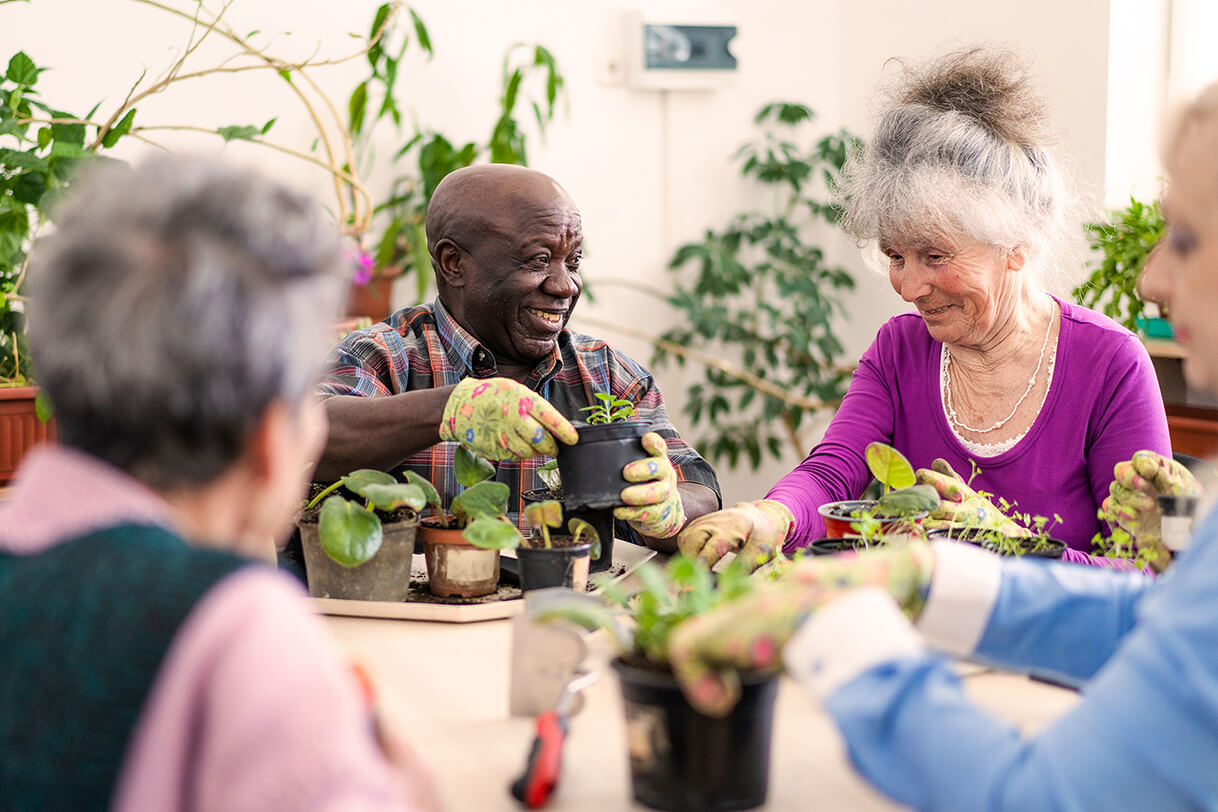Care has been at the heart of the human experience since the earliest time – both within and without the family unit.
This Insight by EdenTree breaks new ground in beginning to look at a framework for responsible investors to evaluate companies providing care services in response to the needs of a rapidly growing ageing population.





